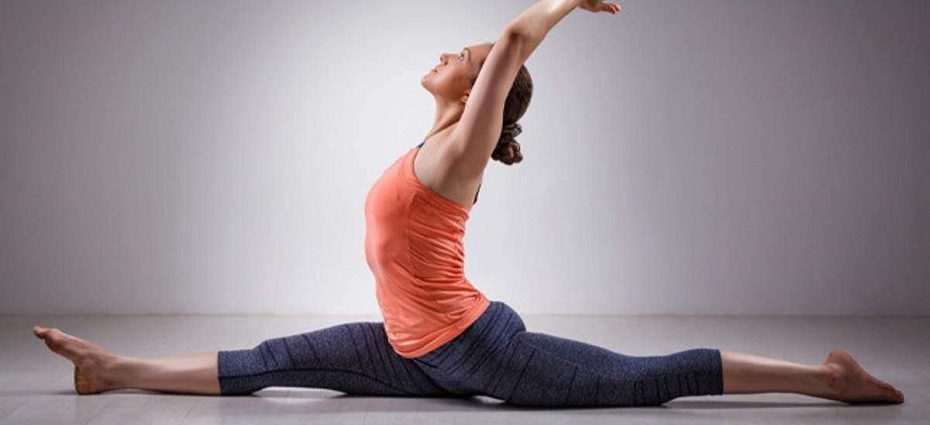Hatha Yoga is one of the most practiced yoga styles in the world for being practiced by anyone, regardless of age or physical condition.
Hatha Yoga’s classes integrate asanas or physical postures, pranayamas or breathing exercises, as well as meditation and relaxation. A teacher’s guide will help you get that body-mind-and-spirited union, in addition to adapting the sessions to your physical state, preventing you from suffering injury.
Definition of Hatha Yoga:
Hatha Yoga is a practice whose objective is physical and mental transformation, always seeking the balance between flexibility and strength. Hatha combines two words in Sanskrit, Ha or Sun and Tha or Moon, two stars representing the masculine and the feminine respectively, their union being the search for balance between the two energies.
According to an old yogic text, Hatha Yoga must include three basic elements: physical postures, breathing techniques, and meditation. Asanas are responsible for strengthening the body, breathing techniques control vital energy, and prana and meditation calm our minds. Bases that we also find different variants such as Yoga Iyengar, Yoga Ashtanga, Kundalini Yoga, and Bikram Yoga.
Benefits of the Hatha Yoga:
Among the benefits of the Hatha Yoga we highlight:
- It strengthens the muscle, also toning the spine. The flexibility of the spine affects the strength of the nervous system.
- Strengthens and optimizes the immune system. When working muscles and organs, the lymphatic system is reinforced, helping it eliminate toxins and fight infections.
- Increases flexibility and muscle elasticity.
- It has a restorative effect throughout the body by improving the functioning of all organs of the body, favoring sleep, balancing tension, and helping digests.
- It helps to release tensions, bringing spiritual peace, and relaxation, and helps you to feel happy with yourself, to focus, and be aware of every action you do.
- Improves body posture.
- Reduces stress and helps manage it.
The Most Typical Hatha Yoga Postures:
As we have pointed out, one of the most important features of Hatha Yoga is that anyone can practice it, not being important if you are not very flexible or you cannot keep up. Teachers and practice will help you learn to breathe properly, gain flexibility, and focus your attention on removing the mental obstacles that block you.
Among the best-known positions of Hatha Yoga are:
Cobra Pose (Bhujangasana)
The Bhujangasana or Posture of the Cobra is a posture for which we will have to lie face down on a mat with the legs stretched and feet together, supporting the insteps. Hands are placed along the body with palms leaning on the ground.
We inhale and lift the head and chest, flexing the arms slightly without separating them from the body. The thighs and pelvis have to be firmly leaned on the ground. Posture must be maintained for several breaths, inhaling and exhaling. We breathe slowly and return to the initial posture, supporting the forehead on the ground.
Camel Pose (Ustrasana)
On your knees, we slightly separate feet and knees. We put our hands on our hips and when we inspire we arch our backs back, we bow our heads back too and we’re looking up.
We explained and inspired again, we tried to fold the column more until we got our hands rested on their heels. The position is maintained for a few seconds and returns to the initial position.
Grasshopper Pose (Salabhasana)
We lie face down on the mat with my arms on the sides and palms of the hands up. We inspire and this time we lift both our head and chest and legs. At the same time, we stretched our arms backward. We have to hold on for about 10 or 20 seconds and we breathe as we lower arms and legs.
